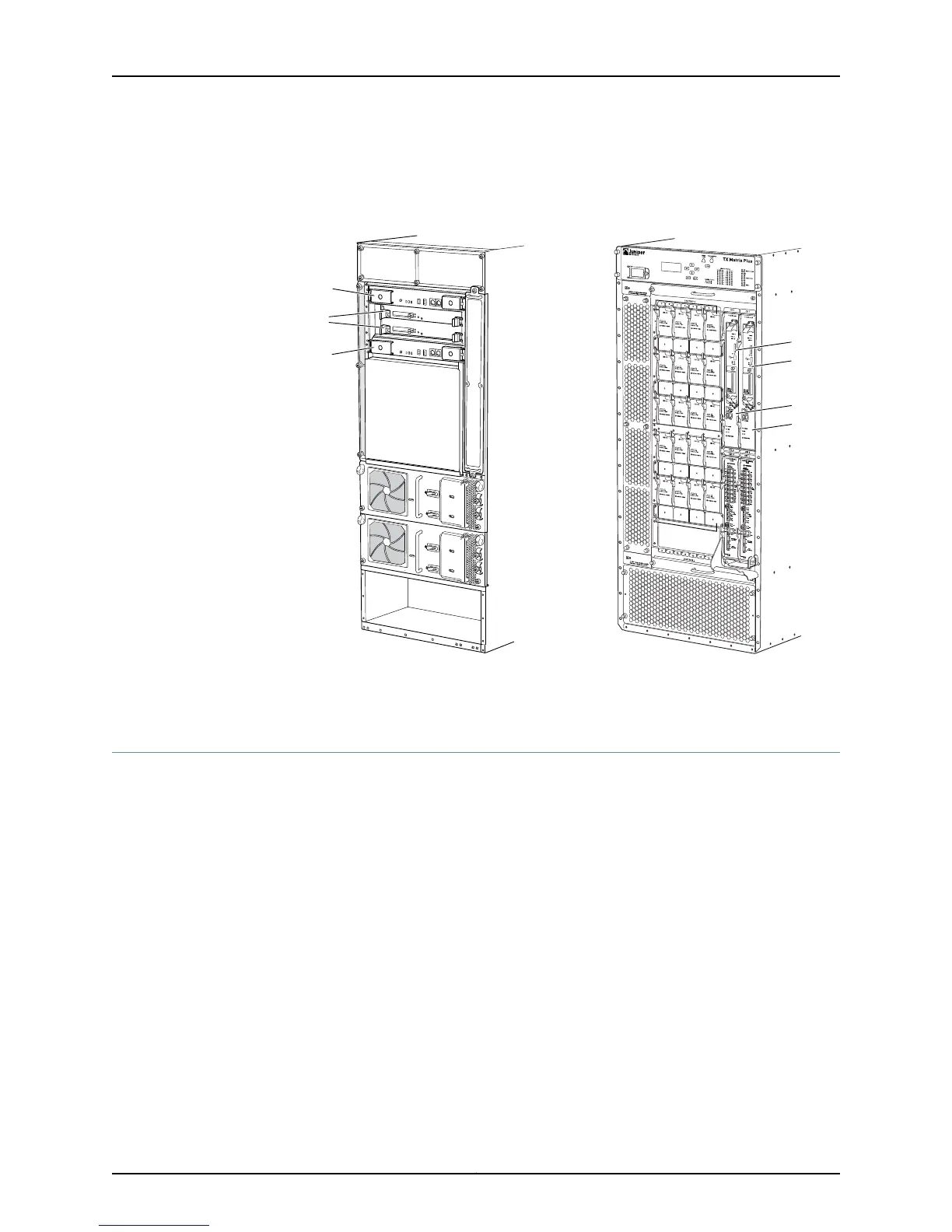Figure 286: TX Matrix and TX Matrix Plus Router Redundant Host
Subsystems
g006596
TX-CB-1
TX-CB-0
TX Matrix
TX Matrix Plus
Routing
Engines
CB 0
CB 1
RE 0
RE 1
Related
Documentation
Routing Engine, Host Module, and Host Subsystem Redundancy Connections
It is important to understand how a redundant Routing Engine, redundant host module,
or redundant subsystem communicates with its active counterparts to avoid severing
the connection used for communication. Severing the connection can potentially trigger
a failover protection.
For example, the M160 router active host module (the Routing Engine and the MCS) has
the running configuration on it and communicates with the MCS, which in turn
communicates with the Flexible PIC Concentrator (FPC) and the Switching and
Forwarding Modules (SFMs). The host modules send keepalive messages to each other,
checking the operating state. Each host module issues keepalive responses, letting the
other host module know that it is up and operating. If keepalive responses are not returned
to the standby host module (response times will vary depending upon the time settings
specified in the set chassis redundancy keepalive-time statement), the standby host
module can become the active host module.
You also can configure failover on the router to switch mastership if a critical process
fails. If a critical process on the active host module terminates, the standby host module
routing becomes the active host module. You can configure processes for which this
Copyright © 2012, Juniper Networks, Inc.570
M Series and T Series Routers Monitoring and Troubleshooting Guide

